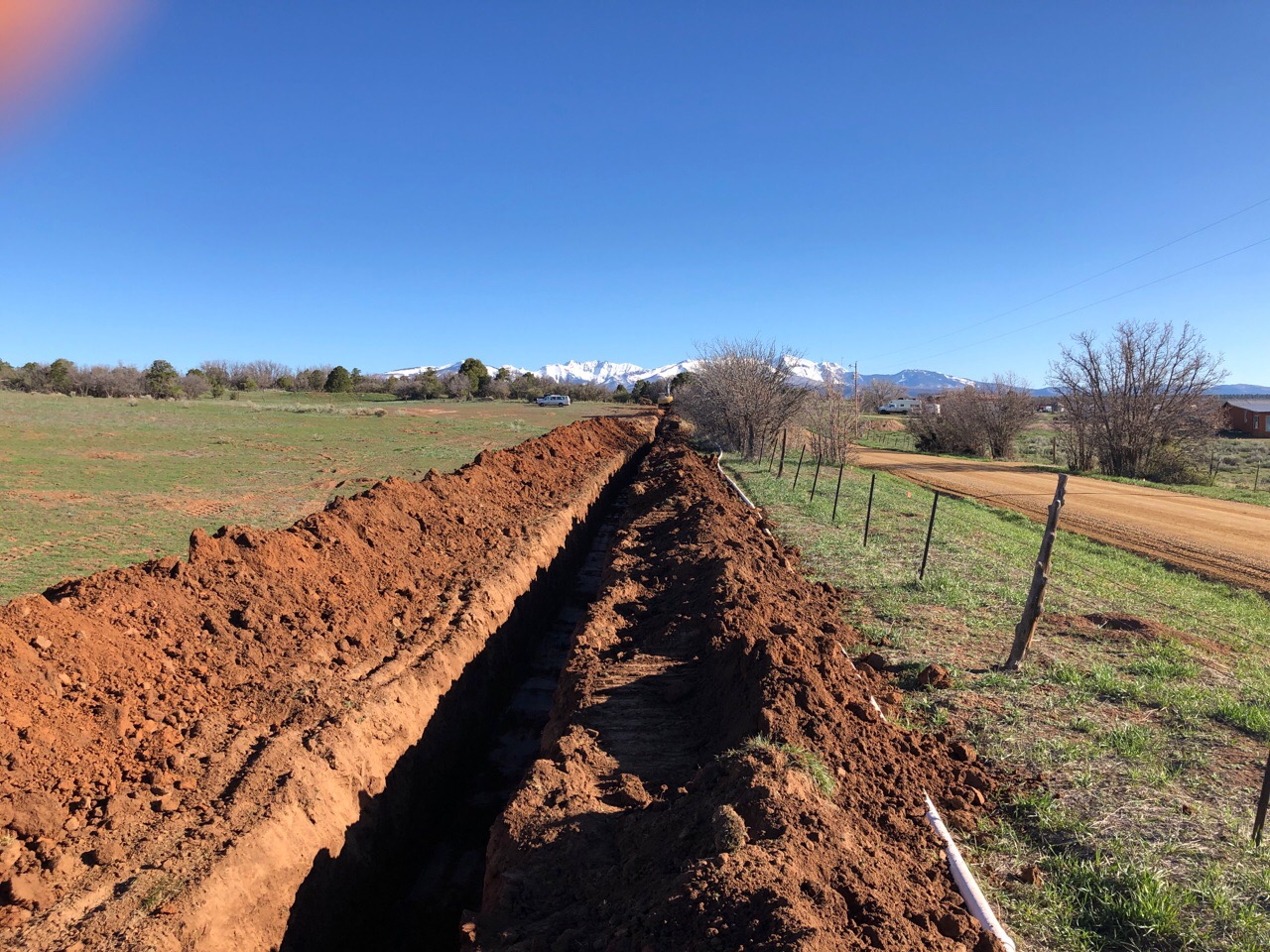

INSIGHT
Analyzing rates to plan for and fund future infrastructure needs
Connect with us
According to a 2018 American Water Works Association report, renewal and replacement of infrastructure and financing for capital improvements top the list of water industry concerns for the fourth year running. This is understandable as state and federal funding levels continue to decline. Systems are required to be more and more self-reliant when it comes to funding. Therefore, well-researched rate structure analysis that aligns with long-term system needs is critical to the ongoing sustainability of water systems.
Water services should be priced to accurately reflect the true costs of providing quality water to consumers. Yet, as a percent of household income, U.S. households pay less for water and wastewater than other developed countries according to the U.S. Environmental Protection Agency.
Start by covering your daily operations
Most water systems charge a set flat fee, or base rate, that helps to pay for the base costs of providing water including personnel, daily maintenance, the electricity needed to transport and clean the water, and other fixed operating costs. However, the mistake some water providers make is to set their rates solely on current costs and not collect funds for future deferred maintenance. For a system to be sustainable, user fees need to generate funds to fill three buckets of system expenses—daily operations, rehabilitation of existing infrastructure, and capital investments and expansion.
Next develop an understanding of system needs, value, and replacement costs
An important next step of evaluating user rate structures is to understand the true costs of replacing existing infrastructure. As water needs grow and infrastructure ages, rates need to consider not only the current operating budget but also the future cost of replacing facilities that are nearing the end of their life. A good inventory of a water system’s infrastructure assets allows the system’s management to understand the maintenance needs and overall system’s value. Knowing the value of a water system’s infrastructure is also particularly important when dealing with wholesale supply contracts, extraordinarily high-use customers, and territory boundary negotiations.
Yet, most systems do not know the true value of their assets. Audits can provide very inaccurate estimates because they are typically based on depreciation of original construction cost. For example, a mile of 6-inch pipeline constructed in 1992 may have originally cost $5 per foot, or roughly $26,500 per mile. If it has depreciated half of its life, it would be valued today at a little more than $13,000. Yet, if that pipe were to be replaced today, it would cost about $10 per foot, or $53,000 for a mile. Determining the replacement costs of infrastructure therefore must be done independently of any audit to accurately identify the amount of funds that will need to be collected annually to cover the anticipated future costs of replacement based on the expected life cycle of that infrastructure. Managers should work with their engineer to establish a system-wide value using replacement costs. A GIS database also helps in this effort.
Finally, plan for the system’s future
A strategic or master plan is an important tool that can be utilized when considering future system needs. These plans help set a vision that links daily decision to where an organization wants to be in three to five years, coupled with an understanding of likely infrastructure requirements in 10 to 20 years. The plan also can help guide a water system financially. It can help identify shortcomings and set a path to overcome them. An effective master plan will identify phased improvements, estimate both construction and non-construction or operation costs associated with the improvements, project future expense budgets, and detail the required rate structure that will be necessary to meet those expenses. With this information, water districts can incrementally adjust rates annually and avoid the sticker shock of large increases.
The chart above is an example of various rate approaches. The top red line is an example system’s estimated required capital reinvestment for long-term maintenance, replacement, and continued growth. The purple line shows an approach of setting user rates based just on the current operations and maintenance (O&M) needs. The green line shows an approach of adjusting rates once at the start of the ten-year period without an annual increase but including cost considerations for future capital reinvestment projects along with the current O&M needs. The blue line shows how setting a rate based on those current and future cost needs, but also setting an annual increase rate of 4% could help a system get closest to building up reinvestment funds to cover the system’s projected true costs.
In these times of tightening budgets, increasing regulations and aging infrastructure, a well-crafted plan of a system’s future goals and needs and a user rate structure that aligns with those future infrastructure needs are as important now as ever before.
Tell us about your project
We’d love to work with you. Tell us the services you are seeking and one of our team members will connect with you.